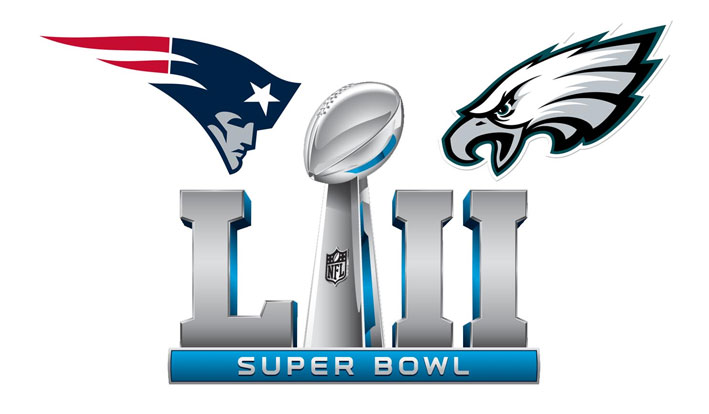Each year, the video game Madden, created by Electronic Arts, runs a simulation of the Super Bowl game to come. This year, the simulation predicts that the Philadelphia Eagles will fall just short in Super Bowl LII to the New England Patriots, with the final score reading 24-20. In the simulated game, Tom Brady throws for 342 yards and three scores (along with a pick), taking home the MVP trophy. The Eagles take the lead in this simulation, both in the first quarter and then again in the third quarter, but the Patriots come back twice, they hold off a late Eagles drive to seal the win. Madden uses statistics and other elements of past performance to shape its players and, ultimately, its predictions. The simulation has only missed twice in the last 15 Super Bowls (one of which ended with the New York Giants beating New England in Super Bowl XLII). How can you use past performance to predict the winner of the game’s greatest matchup? Here’s a few things to consider for your Super Bowl betting picks.
Sports & Betting News
Recent Posts
- AHL Hockey Games: Top Picks to Win: Weekend games to win easy
- 2026 MotoGP Calendar: Futures, Value Picks, and What Tracks to Avoid
- Czech Liga Pro Futures: Plus Other Table Tennis Events Closing the Year
- Australia NBL Picking Futures: Top Odds to Win the Title
- Canadian Hockey WHL Games to Bet on / Futures



